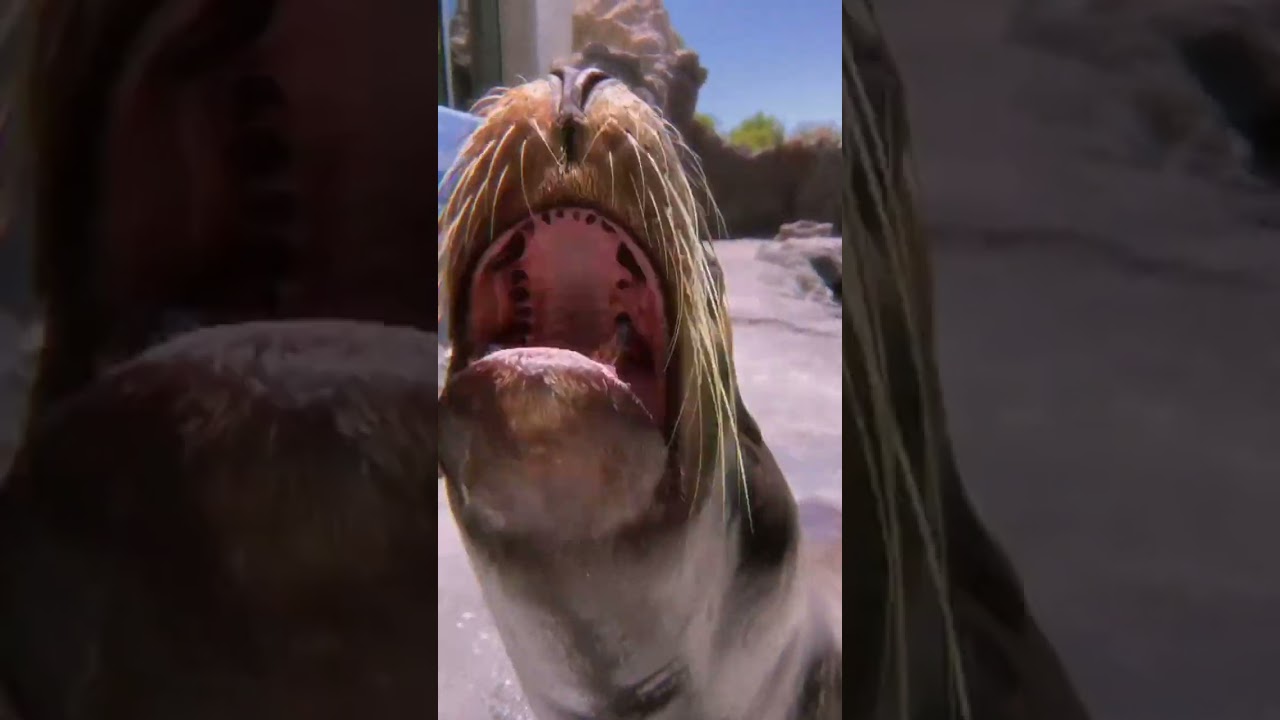- The significance of Parker’s ✨✨✨ in promoting wildlife awareness and conservation.
- The role of zoology and zoo management in maintaining biodiversity and the sustainability of ecosystems.
- An overview of the educational and environmental benefits of Parker’s ✨✨✨ and its [video_desc].
- The impact of digital media, particularly videos, in raising public consciousness regarding wildlife conservation.
- Challenges and opportunities in zoo management and conservation strategies as highlighted by Parker’s ✨✨✨.
In the vibrant tapestry of wildlife conservation, Parker’s ✨✨✨ stands as a beacon, illuminating the path to greater awareness and understanding. At its core, Parker’s ✨✨✨ is a transformative initiative aimed at enhancing public engagement and appreciation for biodiversity. This project serves a dual purpose: fostering an intimate connection between humans and wildlife while simultaneously driving impactful conservation efforts.
The significance of projects like Parker’s ✨✨✨ cannot be overstated. They are crucial to advancing wildlife conservation objectives. These initiatives work as an interactive platform that brings the wonders of the natural world to a broader audience, fostering a deeper appreciation and understanding of the intricacies of wildlife ecosystems. By bridging the gap between enigmatic animal behaviors and the public’s curiosity, such ventures catalyze informed conversations about pressing conservation needs.
Zoo management plays an instrumental role in facilitating the objectives of Parker’s ✨✨✨. Effective management practices are essential for maintaining biodiversity and promoting the sustainability of ecosystems. Zoos are much more than recreational spaces; they are key players in conservation and research. Through innovative breeding programs, habitat simulations, and educational outreach, zoos contribute significantly to the protection of threatened species.
A deep understanding of zoology is foundational to these efforts. Zoologists bring critical insights into animal behavior, physiology, and genetics. This knowledge informs the development of effective conservation strategies. Moreover, the interdisciplinary nature of zoology enables collaboration across fields, enriching our collective capacity to tackle complex ecological issues.
Parker’s ✨✨✨ and its [video_desc] stand out in their ability to present scientific knowledge compellingly. By employing digital storytelling, these videos educate and inspire, shaping perceptions and attitudes towards wildlife conservation. The power of visual media in this context is not to be underestimated. Videos are accessible, shareable, and capable of conveying complex messages succinctly, making them ideal for galvanizing public support for conservation initiatives.
The educational and environmental benefits of Parker’s ✨✨✨ are manifold. They serve to enlighten audiences about species diversity, ecological interdependence, and the challenges faced by wildlife in the modern age. Through engaging visual narratives, viewers gain insights into the behaviors, habitats, and survival strategies of various species. Such exposure is invaluable for fostering an informed and empathetic public, ready to advocate for sustainable conservation practices.
Digital media, spearheaded by projects like Parker’s ✨✨✨, is increasingly pivotal in raising awareness of conservation issues. The potency of video content as an educational tool is immense. By providing vivid glimpses into the lives of animals, these videos capture imagination and promote empathy, leading to a heightened commitment to conservation causes.
However, the path to effective conservation is fraught with challenges. Zoo managers and conservationists must navigate limited resources, habitat degradation, and complex species interactions. Parker’s ✨✨✨ highlights both the barriers and potential solutions to these issues, offering a fresh perspective on conservation strategies. Forward-thinking approaches such as community engagement, partnerships with conservation NGOs, and leveraging technology can offer new avenues to address these complexities effectively.
Opportunities abound for innovation in conservation practices, as highlighted by the lessons learned from Parker’s ✨✨✨. Embracing technology, fostering community partnerships, and advancing research in zoology can significantly enhance conservation outcomes. Additionally, involving local communities in conservation efforts ensures that these initiatives have lasting impacts, rooted in cultural and ecological contexts.
The journey toward effective wildlife conservation is ongoing, with projects like Parker’s ✨✨✨ serving as a catalyst for change. As public awareness grows—driven by compelling narratives in digital media—the prospects for wildlife conservation become brighter. Through the collaboration of zoologists, zoo managers, conservationists, and the public, we can foster a future where biodiversity thrives.
By maintaining a forward-thinking stance and embracing innovative strategies, we can uphold our responsibility to protect the planet’s diverse ecosystems. Parker’s ✨✨✨ exemplifies the power of merging science, media, and community efforts in the quest for sustainability and environmental stewardship.
In summary, Parker’s ✨✨✨ highlights the imperative of integrating scientific knowledge, educational outreach, and community involvement in wildlife conservation endeavors. Through its innovative approach, this project exemplifies the potential of digital media to transform public perceptions and drive meaningful action for the preservation of biodiversity. The road to effective conservation is complex, but with continued dedication and partnership, a sustainable future for wildlife is within our reach.
*****
Source Description
Parker’s ✨✨✨


